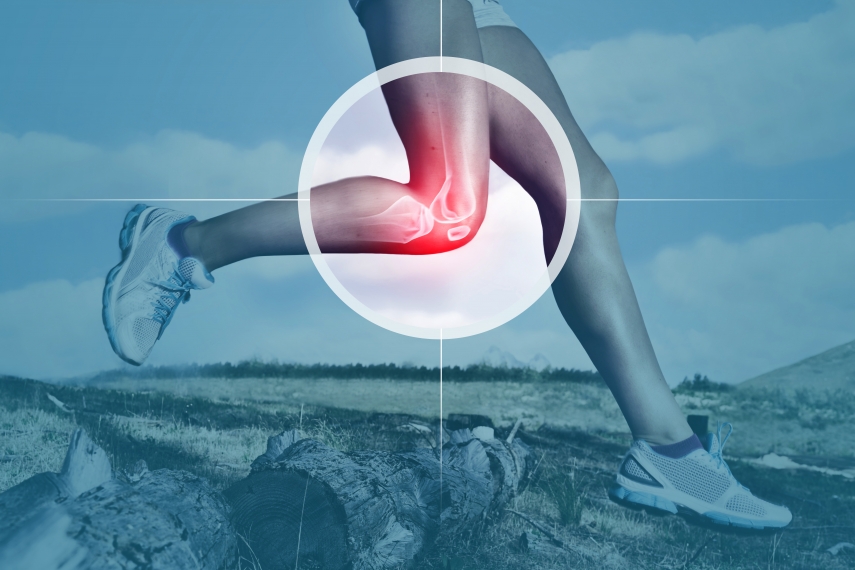What is an Arthogram?

An arthrogram is an imaging exam that uses contrast agent to examine, evaluate, and diagnose joint injuries. The agent makes the joint more visible on the image and makes it easier for doctors to identify tears, cysts, and other problems that may not appear on regular medical imaging.
There are two types of arthrograms: direct and indirect. During an indirect arthrogram, the contrast agent is injected into the bloodstream, where it is eventually absorbed by the joint. During a direct arthrogram, the agent is injected into the joint, where it is absorbed immediately. Most arthrograms are direct arthrograms. Indirect arthrograms are rarely used.
How Is an Arthrogram Performed?
Arthrograms are performed using a wide range of modalities, such as X-ray, MRI, CT, and fluoroscopy, but they are always performed in two stages. First, the patient is injected with the contrast agent, which is normally made of iodine or gadolinium. Before the injection, the skin will be cleaned with antiseptic and a numbing solution may be applied to prevent discomfort. A special type of X-ray called fluoroscopy, which creates real-time images of the body, is used to guide the needle into the joint, though sometimes an MRI or ultrasound is used instead. The injection will enlarge the joint slightly, making thestructuresinside easier to see.
After the injection, the patient may be asked to move the joint, to ensure the contrast agent is evenly distributed. If they are receiving a fluoroscopy, they may also be asked to move the joint during the exam, to provide a better look at how it is functioning. Otherwise, they will be asked to lie still while the X-ray, CT, or MRI is taken. Arthrograms performed with X-ray or CT usually take about 30 minutes, while arthrograms performed with MRIusually last about an hour.
When Is an Arthrogram Required?
A patient requires an arthrogram whenever they have unexplained joint pain that cannot be diagnosed with traditional imaging, or to diagnose small tears, diseases, or cysts that affect the cartilage, ligaments, tendons, or muscles. Doctors may also use arthrograms to check for damage after the patient has dislocated the joint or to check whether a prosthetic joint is functioning properly. Surgeons may recommend an arthrogram to determine whether a patient needs joint surgery or a joint replacement.
How to Prepare for an Arthrogram
Preparing for an arthrogram is simple, no different from preparing for a regular X-ray or MRI. Patients should inform their doctor about medications they are taking or if they have any implanted medical devices, such as a pacemaker. There are no diet restrictions. Patients should eat and drink normally before the exam. When they arrive at the imaging center, patients may be asked to put on a gown and remove personal items, such as watches and jewelry. Then, the technologist will lead the patient into the exam room and position them on the table.
Arthrograms are an outpatient procedure, meaning patients are allowed to return home afterwards. However, it is not recommended that patients drive themselves home. Bring a friend or family member instead.
Side effects are rare. The examined joint will be sore for the next 1-2 days. Some patients develop a slight bruise around the injection site, but rarely anything more. In the unlikely event the patient does begin feeling ill following the exam, they should contact their doctor right away.
Once a RadNet radiologist has finished reading the results of the exam, they will send their findings to the patient’s doctor, who will review them with the patient.

Add new comment